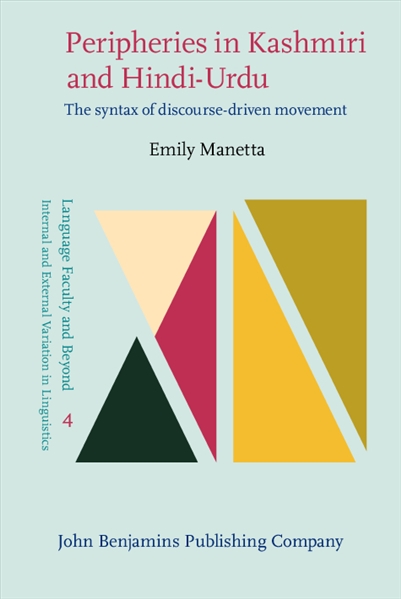
This research monograph is an investigation of wh-movement and wh-expletive constructions in the Indic languages Kashmiri and Hindi-Urdu. It advances a novel theory of the periphery, or the clausal positions that mediate A-bar movement. ...
This research monograph is an investigation of wh-movement and wh-expletive constructions in the Indic languages Kashmiri and Hindi-Urdu. It advances a novel theory of the periphery, or the clausal positions that mediate A-bar movement. In particular, a detailed study of wh-expletives and wh-expletive constructions reveals an underlying similarity of design between the A and A-bar systems, and indicates that the two can be understood as driven by the same basic set of mechanisms. The monograph offers an account of wh-movement and the clausal periphery in the two languages, informed by the latest strands of research on the syntax and semantics of A-bar movement. This micro-comparative analytical method yields an important result: we can understand a set of systematic contrasts between the two languages in terms of the properties of specifically the phase-defining heads C and v. Empirically, this work explores the lesser-studied language Kashmiri, bringing to the fore linguistic data not yet discussed in formal syntactic literature.
Read Full Description >>
|
ISBN: 9789027208217 |
£80.00 |
